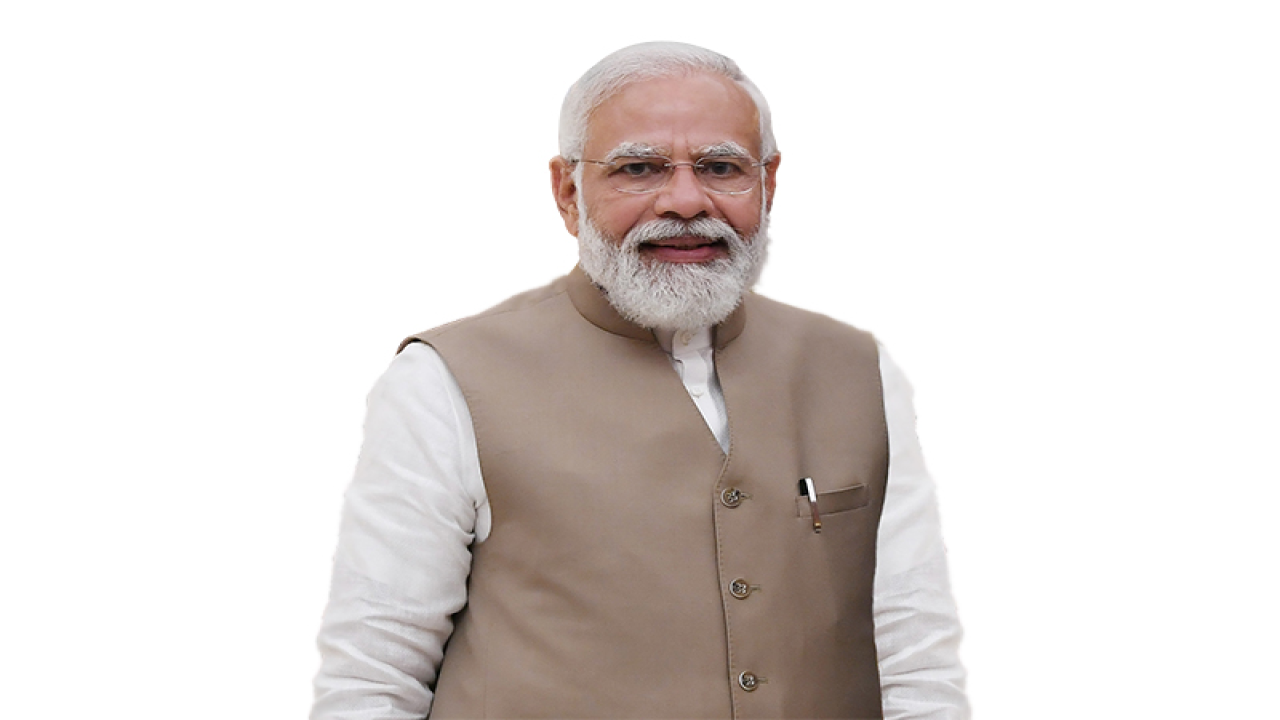Prime Minister’s Ten Point Agenda on Disaster Risk Reduction
Disasters can result in significant loss of life, property and assets. Therefore, it is essential to have a comprehensive approach to disaster risk management to minimize the impacts of disasters. The Prime Minister of India has outlined a ten-point agenda on disaster risk reduction to ensure that all sectors of development are prepared to face disasters.
- Integrating disaster risk management in development:
The approach of disaster risk reduction must be incorporated into all development schemes to reduce the risks of disasters. Development must focus on reducing disaster risks instead of creating them.
- Risk coverage for all
Disaster risk management must cover everyone, including poor households, small and medium enterprises, multinational corporations, and nation-states. The government has already taken some steps to provide financial inclusion and risk insurance to the poorest through schemes like Jan Dhan Yojana, Suraksha Bima Yojana, and Fasal Bima Yojana.
- Women’s leadership in disaster risk management
Encouraging greater involvement and leadership of women in disaster risk management is crucial to support their special needs in disasters. Women can play a significant role in reducing disaster risks at the household, society, community, and beyond.
- Investing in global risk mapping
Disasters do not respect borders, so it is essential to have a better understanding of disaster risks at a global level. Multi-hazard risk assessments and developing hazard maps in a standardized format can facilitate disaster risk reduction.
- Leveraging technology for disaster risk management
Technology can enhance the efficiency of disaster risk management efforts by enabling resource planning, expertise mapping, and early warning systems.
- Network of universities on disaster-related issues
Developing a network of universities and academic institutions that specialize in multi-disciplinary research on disaster issues can contribute to disaster risk reduction.
- Utilizing social media and mobile technologies
Social media and mobile technologies offer opportunities to develop a social media strategy for disaster risk management and improve communication in disasters.
- Building local capacities for disaster risk reduction
Disaster management must build on local capabilities and initiatives to reduce risks and create opportunities for local development and sustainable livelihoods.
- Learning from disasters
After every disaster, it is important to undertake research studies to understand best practices and improve disaster governance.
- Greater cohesion in international response
Disasters can have huge impacts, so it is important to have a coordinated and unified international response. International forums and protocols can be used for effective and coordinated disaster response.
Disaster risk reduction is a crucial aspect of development. The Prime Minister’s ten-point agenda outlines a comprehensive approach to disaster risk management in India, ensuring that all sectors are prepared to face disasters.


